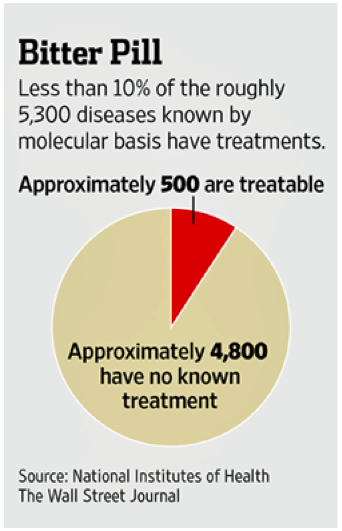
ABOUT ATAXIA-TELANGIECTASIA (A-T)
“Ay-TACK-see-uh Teh-LAN-jick-TAY-sha”
Children with A-T are born perfect and seemingly healthy – with limitless potential – until compromises are forced on them by this debilitating deadly disease.
- is a rare genetic disease
- attacks in early childhood
- progressively affects coordination
- predisposes patients to fatal cancers
- severely compromises the immune system
Children with A-T are …
- as rare as one in 40,000 births
- from all races and ethnicities
- usually unable to walk by age 10 and
- may not survive their teens and rarely survive their twenties
Carriers of mutated copies of the A-T gene are approximately 1 per 100 individuals in the general population.
Compared to the typical population, the cancer rate of children with A-T is 1,000 times higher, and the cancer rate of carriers can be up to 4 times higher.
Public health implications of ataxia-telangiectasia research
- Unraveling how the A-T protein works has shed new light on cancer, metabolic syndrome, and HIV/AIDS
- Understanding why brain cells get sick and die in A-T could provide insight as to why brain cells die in other neurodegenerative diseases such as Parkinson’s and Alzheimer’s disease
YOUR SUPPORT MAKES A DIFFERENCE - RARE DISEASES
There are roughly 5,300 human diseases known by molecular basis and about 500 have treatments, says the National Institutes of Health. Rare diseases, like A-T, often don’t have medicines, in part because many drug companies don’t want to make risky bets on the small markets they represent. However, through research work supported and coordinated by A-T Children’s Project and thanks to grassroots fund raising efforts of friends and families of A-T, new advances were made in research over the last decade but more work ahead.

GOALS OF A-T CHILDREN’S PROJECT
- Find life-improving therapies and a cure for ataxia-telangiectasia
- Encourage and fund first-rate scientific research directed toward developing therapies for A-T
- Support the A-T Clinical Center at Johns Hopkins Hospital in Baltimore, Maryland
- Increase awareness of A-T to help properly diagnose affected children
AREAS OF RESEARCH FUNDED BY THE A-T CHILDREN’S PROJECT
- Discovering how the A-T protein works in brain cells to uncover ways to fix those lacking this protein
- Screening thousands of compounds to find potential new drugs to help A-T
- Neuroimaging to reveal abnormal brain function in A-T
- Developing rating scales to measure A-T, helping power efficient clinical trials
- Developing human cell and animal models for A-T to aid drug discovery and development
- Conducting studies to improve the quality of care for people with A-T at the A-T Clinical Center at Johns Hopkins Hospital
 |
 |
 |
 |
 |

